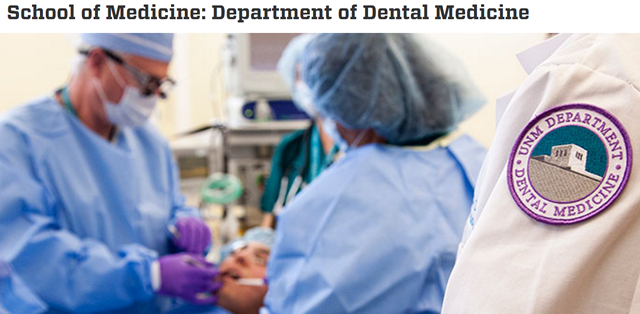
Dental Hygiene ETDs
Publication Date
Spring 5-8-2020
Abstract
ABSTRACT Dental hygienists, like most students, learn according to formal curriculum that is defined by goals, competencies, and required subject matter for examinations.1 They also learn through an intense socialization process known as “the hidden curriculum”. The “hidden curriculum” is not defined in student textbooks nor classroom lectures, but is demonstrated through case studies, research, and an experience shared between colleagues.1 The purpose of this study was to assess the determining factors that influence what dental hygiene instructors are teaching hygiene students on the use of articaine when administering dental blocks, and to assess if the “hidden curriculum” concerning 4% articaine, raises objections or concerns when teaching the use 4% articaine while administering the inferior alveolar nerve block (IANB). Topics were explored by means of an online survey of which 70 dental hygiene instructors responded. Of the 70 dental hygiene instructor responses, 7-8% (n=10-12) of the participants did not answer all of the survey questions. Some questions were skipped as they were not applicable, and others for reasons unspecified. Results of this study showed that the controversy surrounding the use of 4% articaine when giving the IANB not only influenced what dental hygiene instructors taught dental hygiene students, but it also influenced their personal selection of anesthetic during patient treatment.
Degree Name
Dental Hygiene
Level of Degree
Masters
Department Name
Dental Medicine
First Committee Member (Chair)
Christine Nathe, RDH, MS
Second Committee Member
Demetra Logothetis, RDH, MS
Third Committee Member
Orrin Myers, BSTT, PhD
Language
English
Keywords
Paresthesia, Socialism, Hidden Curriculum
Document Type
Thesis
Recommended Citation
Cook, Angela D. and Angela D. Cook. "Factors Which Influence the Education of Local Anesthesia in Dental Hygiene." (2020). https://digitalrepository.unm.edu/dehy_etds/37


